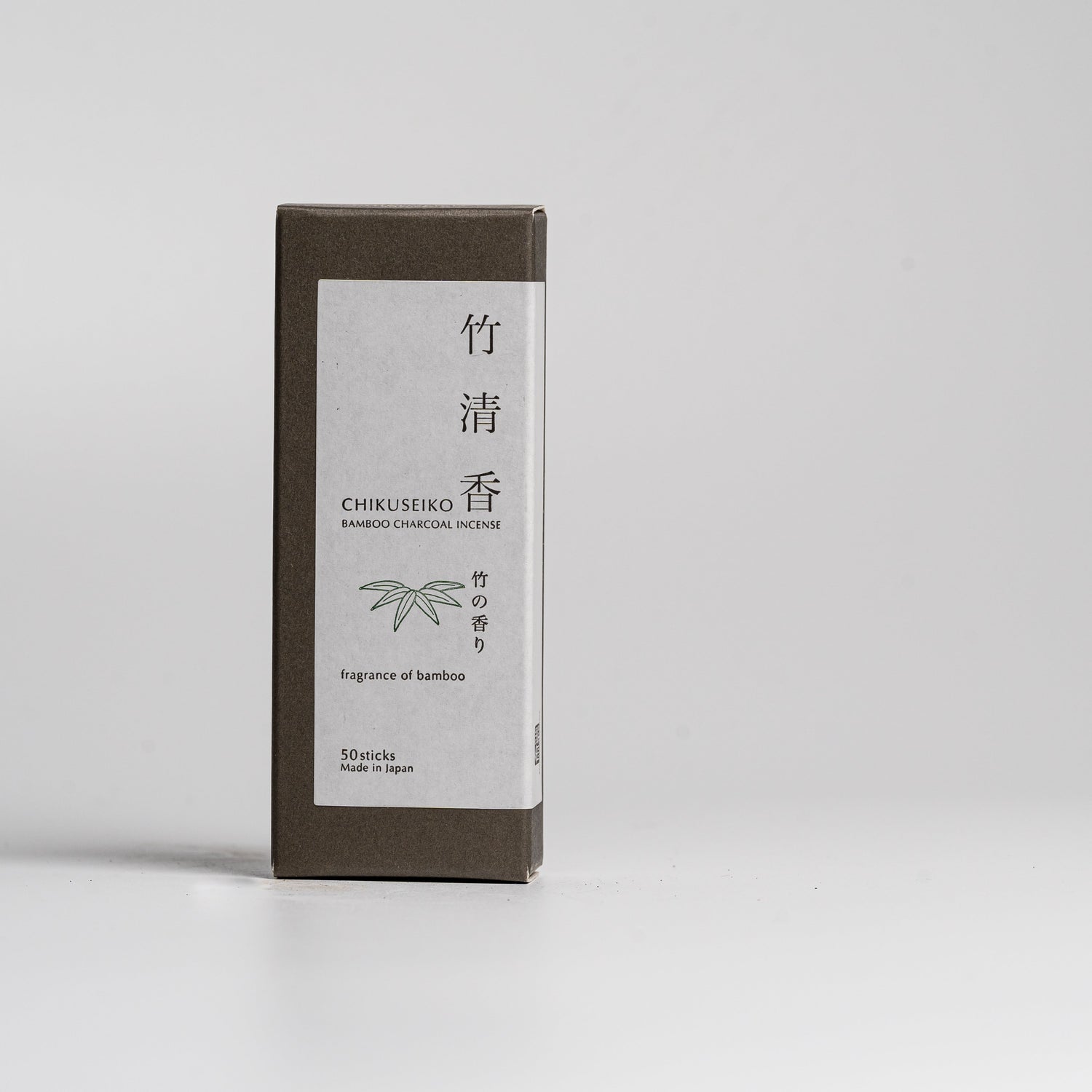Japan has an exceptionally long and successful history of ceramic production. The Jōmon period stands as a testament to the earliest expressions of ceramic artistry and craftsmanship. Journeying back to the origins of Japanese ceramics uncovers the story of Jōmon pottery - Japan’s first ceramic artform.
The Jōmon Period
The Jōmon period spanned from 10,500 to 300 BC. The period represents a time when communities transitioned from a nomadic lifestyle to settled agricultural practices. Derived from the Japanese words meaning "cord-marked" or "rope-patterned" the term Jōmon (縄文) describes the distinctive rope-like patterns adorning the surfaces of the pottery from this era (seen above).
Crafting with Clay
Jōmon pottery, characterised by its rope-patterned surface, serves as a visual archive of ancient Japanese life. The ceramic vessels, crafted by hand without the aid of wheels, range from the functional to the ornamental. The majority of the functional vessels have a rounded bottom and are quite small. This paints a picture of how they were likely used, sat into a fire and used to boil food.
A Tapestry of Uses
The functional versatility of Jōmon pottery reflects the adaptability of its creators. From rudimentary cooking pots to storage jars, the pottery catered to the evolving needs of a society on the cusp of transformation. Given the Jōmon period lasted so long, there are a number of more detailed ceramic items crafted during the period. These included stone tools for daily use and even figurines suggesting a rise in ritual practices
While functionality anchored Jōmon pottery, the creation of ritualistic figures saw a rise in production towards the late Jōmon period. These pieces, created with meticulous care, transcended their utilitarian origins and likely became conduits of cultural and spiritual expression.
Experience Japanese Ceramic Culture at OKAERI
Even with the discovery of such early Jōmon pottery vessels, the majority of Japanese scholars believe that pottery production was first invented in mainland Asia, later being introduced to Japanese culture. Similarly, many other Japanese ceramic styles originated from China and the Korean Peninsula over the centuries. This includes the rustic and minimal Hagi yaki ceramics, which can be found in our Japanese ceramics collection.


